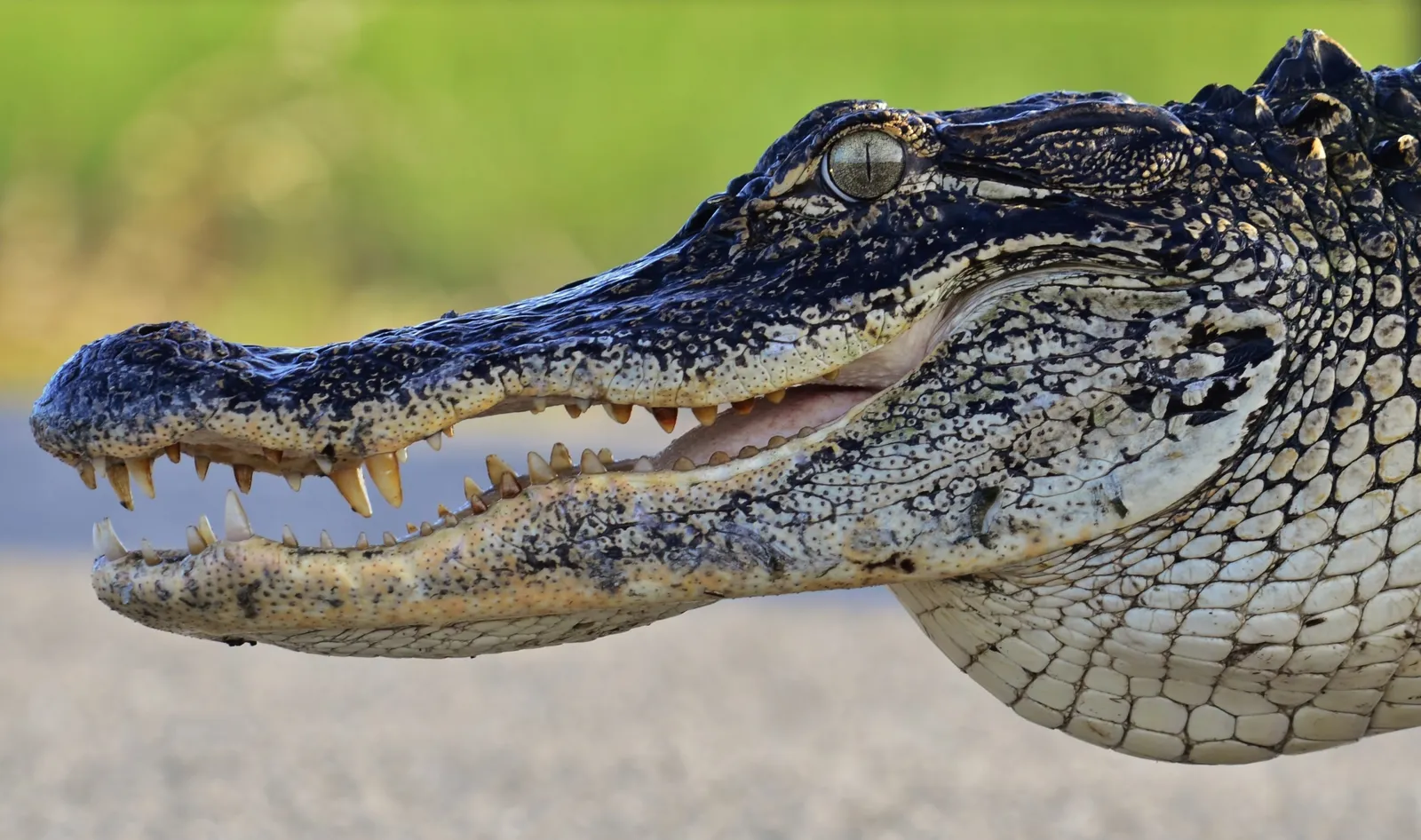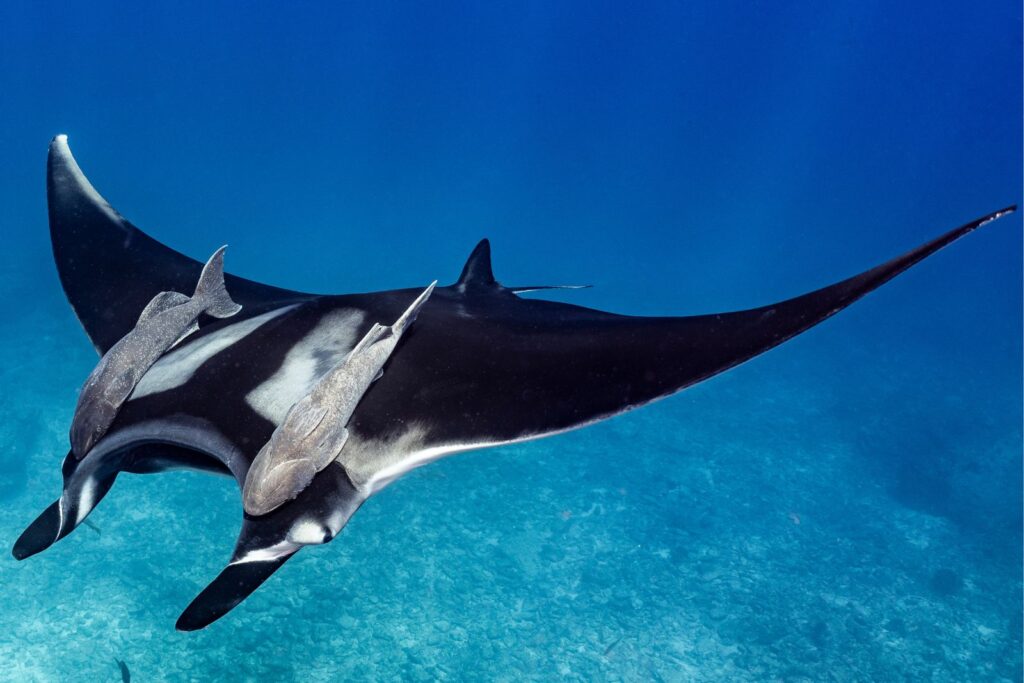Discovering the Fascinating World of American Alligators

The American alligator (Alligator mississippiensis) stands as an iconic symbol of the southeastern United States, captivating minds with its prehistoric allure and ecological significance. Here's a closer look at these remarkable reptiles:
Anatomy and Physiology :
American alligators boast a streamlined body covered in tough, armored scales, adapted for life in both water and land. Their powerful jaws house rows of sharp teeth, perfectly suited for capturing prey and tearing through tough hides. Despite their formidable appearance, these reptiles play a vital role in maintaining the balance of wetland ecosystems.Habitat and Distribution :
Found primarily in freshwater habitats such as swamps, marshes, and rivers, American alligators inhabit the southeastern United States, ranging from North Carolina to Texas. These adaptable creatures can thrive in a variety of environments, from murky bayous to pristine lakes, showcasing their resilience and adaptability.Behavior and Reproduction :
American alligators are primarily solitary animals, with males establishing territories and females nesting in secluded areas. During the breeding season, males emit deep, rumbling bellows to attract mates, engaging in dramatic displays of dominance and courtship. Females construct mound nests of vegetation, where they lay eggs and fiercely defend their offspring until hatching.Ecological Importance :
As apex predators, American alligators play a crucial role in shaping wetland ecosystems. By controlling populations of prey species such as fish, turtles, and small mammals, they help regulate food webs and maintain biodiversity. Their burrows provide shelter for numerous other species during droughts and serve as essential nesting sites for birds and reptiles.Conservation Status:
Although once endangered due to habitat loss and overhunting, American alligator populations have rebounded significantly thanks to conservation efforts and habitat protection measures. However, ongoing threats such as habitat degradation, pollution, and illegal poaching continue to pose challenges to their long-term survival.The American alligator serves as a symbol of resilience and adaptability, embodying the intricate interconnectedness of ecosystems. By understanding and appreciating these magnificent creatures, we can work towards ensuring their continued survival and the preservation of the precious habitats they call home.
